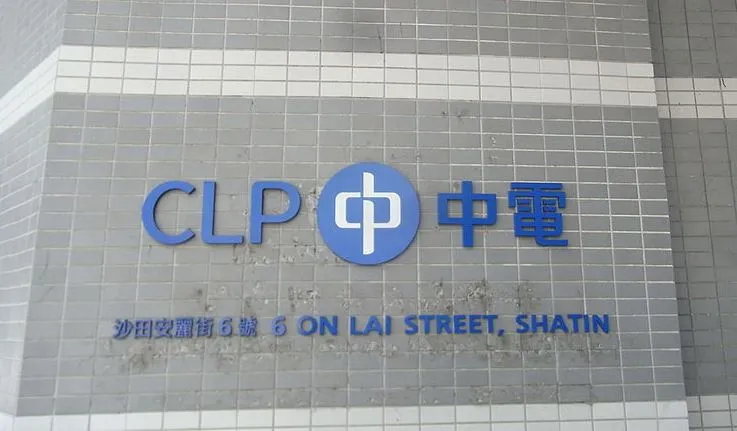
CLP, HK Electric to slash net power tariff by 1% in 2016
This is on back of lower Fuel Clause Charge.
CLP and HK Electric will cut their net power tariff by around 1% in 2016, according to company announcements. CLP’s net tariff will drop HK$ 0.01/kWh, or down 0.9% from 2015, while HK Electric's net tariff will drop HK$ 0.015/kWh, or down 1.1% from 2015.
All of the reduction comes from a lower Fuel Clause Charge, which is used to cover the cost of fuel for power generation, as coal and natural gas prices have declined by 30-40% on average in the past 10 months.
According to Barclays, the magnitude of fuel clause tariff reduction was less than their expectation, possibly due to the expectation of a higher share of gas power generation by both companies in 2016.
Natural gas used by CLP and HKE to generate power is 3-4 times more expensive than coal, hence burning more gas to generation power in order to meet Hong Kong’s stringent emission cap target means fuel cost could escalate even if fuel prices remain the same in 2016.
Here's more from Barclays:
The increase in the 2016 basic tariff for both companies was higher than our expectation and the estimates outlined in the five-year development plans. We expect the increase in basic tariff was partly to compensate for the rise in net assets to meet rising power demand, as well as preparatory work for the construction of new gas-fired power plants. We highlight that the decline in fuel cost charge gave both companies a good opportunity to raise the basic tariff while leaving the net tariff relatively flat. As a reminder, the basic tariff is the portion of revenue that covers the company’s permitted return, while the fuel clause charge is the portion that covers the fuel cost of power generation.
We do not expect any earnings impact from the tariff cuts, as the fuel costs are passed through directly to customers, while an increase in the basic tariff only impacts earnings if the net asset level changes. We prefer CLP over HKE on valuation and earnings recovery potential.













 Advertise
Advertise











